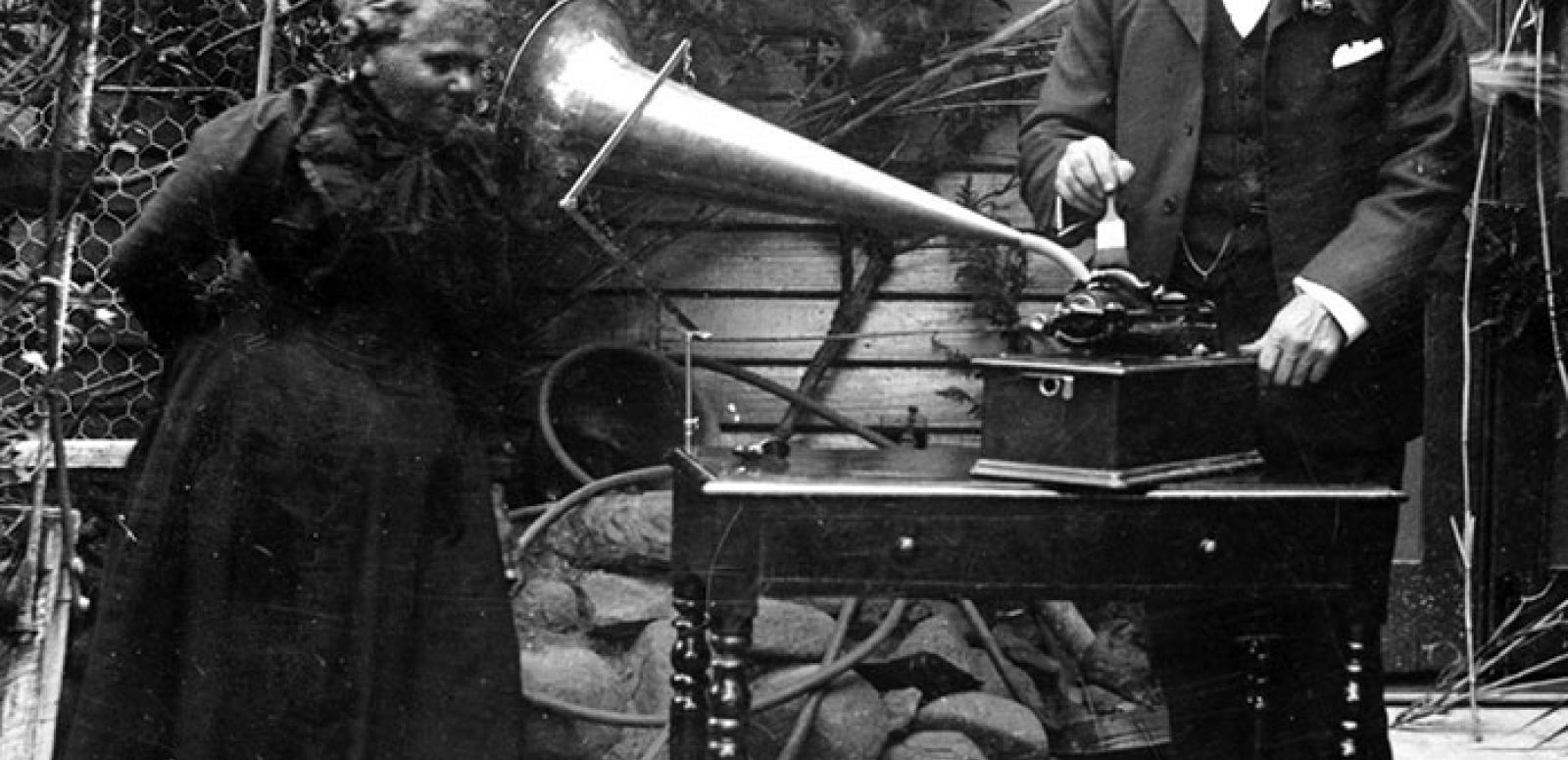

Aboriginal recordings added to Australian Memory of the World
Media Release: Aboriginal recordings added to Australian Memory of the World
Published 9 February 2017
The National Film and Sound Archive of Australia (NFSA) is proud to announce the induction of the 1899-1903 Fanny Cochrane Smith Tasmanian Aboriginal recordings into the UNESCO Australian Memory of the World Register.
These are the only sound recordings of Fanny Cochrane Smith (1834-1905), the last fluent speaker of any one of the original Tasmanian Aboriginal languages. Her words and songs provide a unique insight into Tasmanian Aboriginal society, and their cultural and spiritual life.
Acting NFSA CEO Meg Labrum said: ‘Almost 120 years after Fanny Cochrane Smith stood in front of a wax cylinder machine to capture her language and songs on that then-new technology, these invaluable recordings are taking their rightful place in the Australian Memory of the World Register.
‘The NFSA exists to collect, preserve and share Australia’s audiovisual history. These recordings remind us why this is a vital task for our national cultural life. They prove the timeless power that recorded sound has, to connect us with our history.’
The recordings were added to the NFSA’s Sounds of Australia registry in its inaugural year, 2007, due to their cultural, historical and aesthetic significance.
The UNESCO Australian Memory of the World Program honours documentary heritage of significance for Australia and the world, and advocates for its preservation.
The recordings have provided a unique opportunity to assist in the development of a composite Tasmanian Aboriginal language. The Tasmanian Aboriginal Centre manages the Language Retrieval Program; using Fanny Cochrane Smith’s recordings and Aboriginal community oral history to construct palawa kani – Tasmanian Aborigines speak or talk. It is increasingly being used within the Tasmanian Aboriginal Community, and palawa kani is also being introduced to the wider public through the Aboriginal and Dual Naming Policy.
The Tasmanian Museum and Art Gallery (TMAG) is the custodian of the recordings, while the NFSA has provided specialist preservation and curatorial services.
The NFSA is also the custodian of two other items inscribed in the Australian Memory of the World: the world's first narrative feature film, The Story of the Kelly Gang (1906), and the Cinesound Movietone Australian Newsreel Collection (1929-1975),
Contact
Excerpts from the Fanny Cochrane Smith recordings are available for media use. NFSA Senior Sound Curator Rod Butler and Indigenous Connections Manager Tasha Lamb are available for interview. Please contact Miguel Gonzalez, Manager National Media, (02) 8202 0114, 0404 281 632, orr miguel.gonzalez@nfsa.gov.au.
Attachments
ABOUT FANNY COCHRANE SMITH AND HER WAX CYLINDER RECORDINGS
Fanny Cochrane Smith was born in 1834, in the Aboriginal mission of Wybalenna in Flinders Island. In 1847, her family was moved to Oyster Cove and, following her marriage to William Smith, she settled in Nicholls Rivulet. She became an esteemed character within the small community, the matriarch of a large family and well known for her singing voice.
These recordings, held on eight wax cylinders, were made by the Royal Society of Tasmania and Horace Watson, between 1899 and 1903. They are the only spoken record of any one of the original Tasmanian Aboriginal languages, as spoken and sung by their last surviving fluent speaker. For Tasmanian Aborigines the recordings provide a tangible connection to the voice of Ancestors. For Cochrane Smith's descendants the recordings also provide a legacy of cultural knowledge and a record of family oral history. They are among the earliest sound recordings ever made in Australia.
The National Film and Sound Archive of Australia acknowledges Australia’s Aboriginal and Torres Strait Islander peoples as the Traditional Custodians of the land on which we work and live and gives respect to their Elders both past and present.